Hair Care
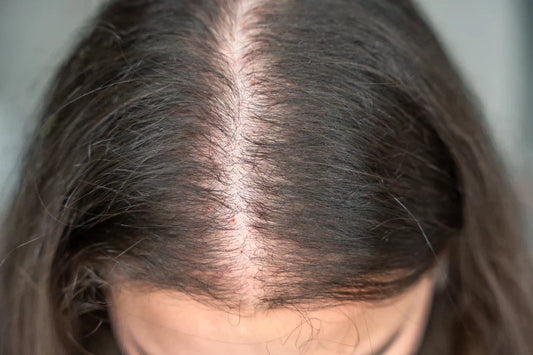
Hair Thinning: Causes, Types, and Treatment
Medically Reviewed By: Dr. Shireen Singh, MBBS. Written by Our Editorial Team Table of Contents How Does Hair Thinning Differ from Hair Loss? The Gradual Nature of Thinning Hair...
Hair Thinning: Causes, Types, and Treatment
Read MoreMedically Reviewed By: Dr. Shireen Singh, MBBS. Written by Our Editorial Team Table of Contents How Does Hair Thinning Differ from Hair Loss? The Gradual Nature of Thinning Hair...

Top 12 Best Hair Growth Ingredients Ranked
Medically Reviewed By: Dr. Shireen Singh, MBBS. Written by Our Editorial Team Table of Contents Top 12 Best Hair Growth Ingredients Ranked Vitamin C Vitamin E Castor Oil Hyaluronic...
Top 12 Best Hair Growth Ingredients Ranked
Read MoreMedically Reviewed By: Dr. Shireen Singh, MBBS. Written by Our Editorial Team Table of Contents Top 12 Best Hair Growth Ingredients Ranked Vitamin C Vitamin E Castor Oil Hyaluronic...
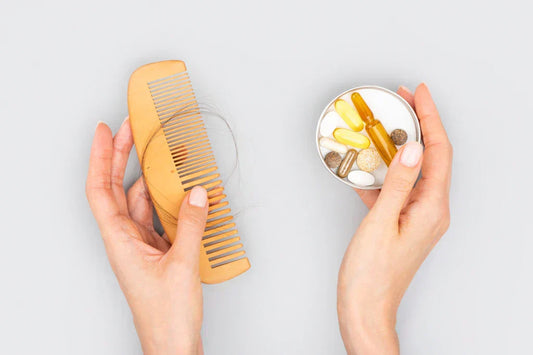
20 Essential Nutrients, Minerals & Vitamins for...
Medically Reviewed By: Dr. Shireen Singh, MBBS. Written by Our Editorial Team Table of Contents Understanding Hair Loss: Symptoms and Causes Role of Vitamins In Hair Growth 7 Vitamins...
20 Essential Nutrients, Minerals & Vitamins for Hair Growth
Read MoreMedically Reviewed By: Dr. Shireen Singh, MBBS. Written by Our Editorial Team Table of Contents Understanding Hair Loss: Symptoms and Causes Role of Vitamins In Hair Growth 7 Vitamins...
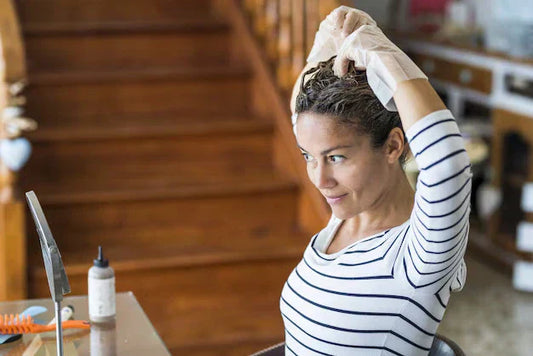
Is It Safe To Use Hair Color Shampoo?
Medically Reviewed By: Dr. Shireen Singh, MBBS. Written by Our Editorial Team Table of Contents What is Hair Color Shampoo? Hair Colour Shampoo Benefits Is It Safe To Use...
Is It Safe To Use Hair Color Shampoo?
Read MoreMedically Reviewed By: Dr. Shireen Singh, MBBS. Written by Our Editorial Team Table of Contents What is Hair Color Shampoo? Hair Colour Shampoo Benefits Is It Safe To Use...
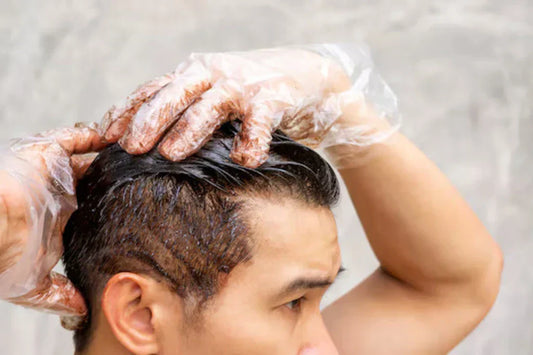
How To Choose The Best Hair Dye Shampoo?
Medically Reviewed By: Dr. Shireen Singh, MBBS. Written by Our Editorial Team Table of Contents Understanding Hair Dye Shampoos Types of Hair Dye Shampoo Choosing Hair Dye Shampoos: Factors...
How To Choose The Best Hair Dye Shampoo?
Read MoreMedically Reviewed By: Dr. Shireen Singh, MBBS. Written by Our Editorial Team Table of Contents Understanding Hair Dye Shampoos Types of Hair Dye Shampoo Choosing Hair Dye Shampoos: Factors...
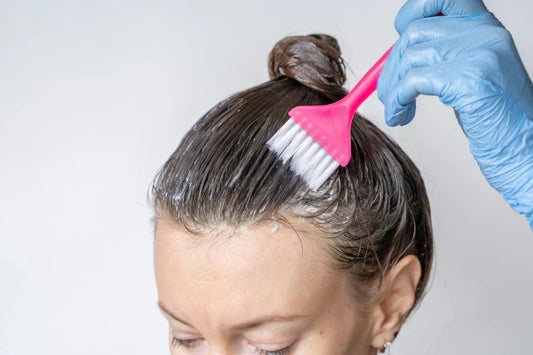
Hair Color Shampoos vs. Traditional Hair Dyes: ...
Medically Reviewed By: Dr. Shireen Singh, MBBS. Written by Our Editorial Team Table of Contents What is a Hair Color Shampoo? What are Traditional Hair Dyes? Comparing Traditional Hair...
Hair Color Shampoos vs. Traditional Hair Dyes: Which is B...
Read MoreMedically Reviewed By: Dr. Shireen Singh, MBBS. Written by Our Editorial Team Table of Contents What is a Hair Color Shampoo? What are Traditional Hair Dyes? Comparing Traditional Hair...





 Buy 1 Get 1 Free. Use Code: BOGO
Buy 1 Get 1 Free. Use Code: BOGO






